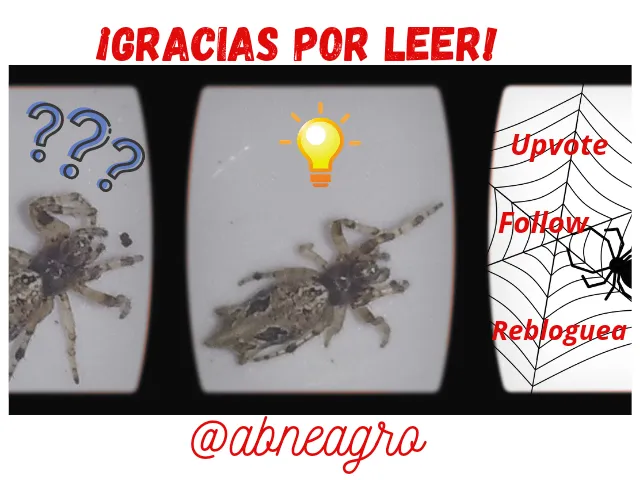Greetings dear friends of the Hive platform, welcome back to my blog dedicated to the study and dissemination of material related to the fascinating world of arthropods. In the present writing will be shown a species of lepidopteran that despite its small size, it is still a beautiful specimen that is part of the extensive biological diversity present on our planet.
Saludos estimados amigos de la plataforma Hive, sean todos bienvenidos nuevamente a mi blog dedicado al estudio y a la difusión de material referido al fascinante mundo de los artrópodos. En el presente escrito se mostrará a una especie de lepidóptero que a pesar de su pequeño tamaño, no deja de ser un hermoso ejemplar que forma parte de la extensa diversidad biológica presente en nuestro planeta.
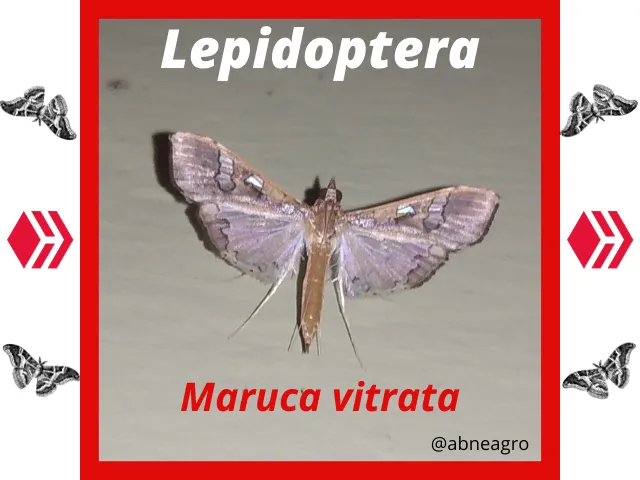
Lepidoptera are the second group with the largest number of species within the phylum Arthropoda, being widely surpassed by the order Coleoptera. Butterflies and moths (Lepidoptera), present a great diversity in terms of sizes and colors, being insects that have earned the admiration of many people and considered a problem for others at the agricultural level; also, this type of invertebrates have been studied extensively in order to know in more detail their morphological characteristics, survival mechanisms, reproduction, habitats and to a greater extent, to know how they benefit terrestrial ecosystems.
Los lepidópteros son el segundo grupo con mayor número de especies dentro del filo Artropoda, siendo superados ampliamente por el orden Coleoptera. Las mariposas y polillas (lepidópteros), presentan una gran diversidad en lo que respecta a tamaños y colores, siendo insectos que se han ganado la admiración de muchas personas y considerándose un problema para otros a nivel agrícola; asimismo, este tipo de invertebrados han sido estudiadas ampliamente con el propósito de conocer con más detalle sus características morfológicas, mecanismos de supervivencia, reproducción, hábitats y en mayor medida, para saber en qué benefician a los ecosistemas terrestres.
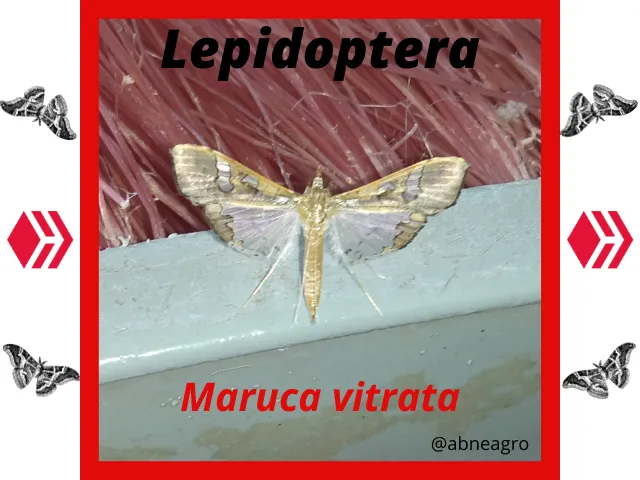
With the passing of time, diurnal butterflies have become symbols of beauty and delicacy, for this reason they could be considered the supermodels of natural spaces, where day by day they make more than one fall in love with their colorful colors. However, it is at nightfall that the highest percentage of lepidoptera take flight, since moths far outnumber daytime butterflies in terms of numbers; due to the low coloration that almost all moths have, it is difficult for the human eye to appreciate them at night.
Las mariposas diurnas con el paso del tiempo se han convertido en símbolos de belleza y delicadeza, por esta razón podrían considerarse las supermodelos de los espacios naturales, en donde día a día enamoran a más de uno con sus vistosos colores. No obstante, es al caer la noche que alzan vuelo el mayor porcentaje de lepidópteros, ya que las polillas o mariposas nocturnas superan ampliamente a las mariposas diurnas en lo que se refiere a términos numéricos; debido a la poca coloración que poseen casi todas las polillas, es difícil que el ojo humano pueda apreciarlas en horas nocturnas.
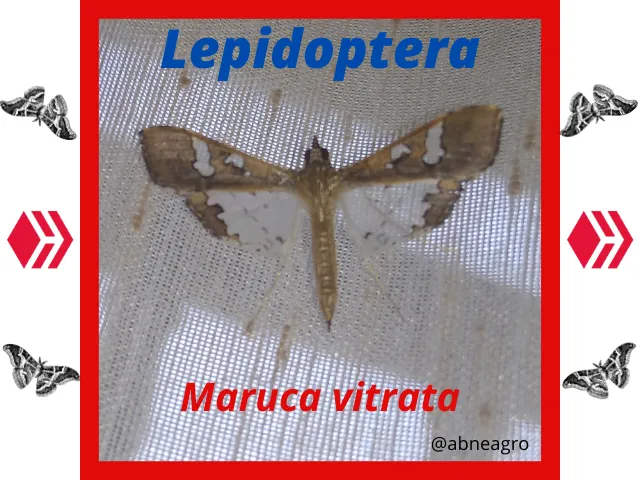
Moths are usually attracted by the light of our homes at night, so it is common to find some of them perched on different surfaces. A few days ago I was visited by a small moth that during its juvenile stages, is usually a frequent problem in certain areas dedicated to agricultural production, specifically in leguminous crops, where they can cause great economic losses if the number of their caterpillars is considerable.
Las polillas suelen ser atraídas por la luz de nuestros hogares durante la noche, por lo que es habitual encontrarse con algunas de ellas posadas sobre diferentes superficies. Hace algunos días me visitó una pequeña polilla que durante sus estadios juveniles, suele ser un problema frecuente dentro de determinados espacios dedicados a la producción agrícola, específicamente en los cultivos de leguminosas, en donde pueden causar grandes perdidas económicas si el número de sus orugas es considerable.
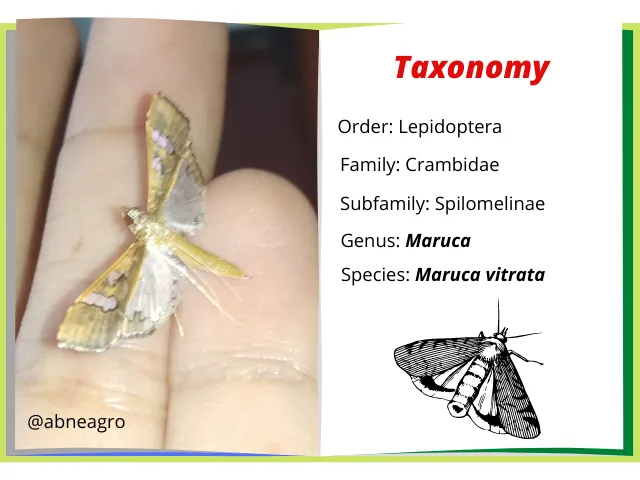
The lepidopteran specimen I show through this publication belongs to the family Crambidae, a group composed of more than 11,000 species of small moths that generally tend to be pests during their early life stages, harboring specimens that can feed on different types of plants, including those for ornamental use.
On the other hand, the genus Maruca is conformed by only 4 species at taxonomic level, being these: Maruca fuscalis, Maruca amboinalis, Maruca nigroapicalis and the Maruca vitrata, it is important to note that this number may vary with the passage of time, since new species are always being discovered, even many lepidoptera are still waiting to be classified at the scientific level, being this able to expand the number of species comprising the various families present within the order lepidoptera.
El ejemplar de lepidóptero que muestro a través de esta publicación pertenece a la familia Crambidae, un grupo compuesto por más de 11.000 especies de pequeñas polillas que, por lo general, tienden a ser plagas durante sus primeras etapas de vida, albergando especímenes que pueden alimentarse de diferentes tipos de plantas, incluyendo las de uso ornamental.
Por otro lado, el género Maruca está conformado por tan solo 4 especies a nivel taxonómico, siendo estos: Maruca fuscalis, Maruca amboinalis, Maruca nigroapicalis y la Maruca vitrata, es importante acotar que este número puede variar con el pasar del tiempo, ya que siempre se descubren nuevas especies, incluso muchos lepidópteros aún están a la espera de ser clasificadas a nivel científico, pudiendo esto ampliar el número de especies que comprenden las diversas familias presentes dentro del orden lepidoptera.
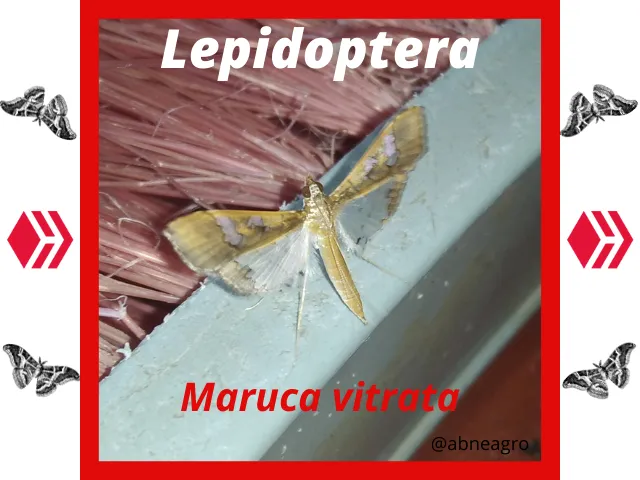
One of the most striking aspects of this moth, is the posture they acquire once they land on a surface, and is that this specimen places its body almost vertically, something that is quite unusual when it comes to butterflies or moths. At the same time, if you add its size and some of its morphological characteristics, some may doubt whether it is really a lepidopteran; an example of this is the position of its eyes, which resemble those of some diptera such as flies.
Uno de los aspectos más llamativos de esta polilla, es la postura que adquieren una vez que se posan sobre alguna superficie, y es que, este ejemplar coloca su cuerpo casi en vertical, algo que es bastante inusual cuando se trata de mariposas o polillas. A su vez, si se suma su tamaño y algunas de sus características morfológicas, pueden hacer dudar a algunos de si realmente se trata de un lepidóptero; un ejemplo de esto es la posición de sus ojos, los cuales se asemejan a los de algunos dípteros como las moscas.
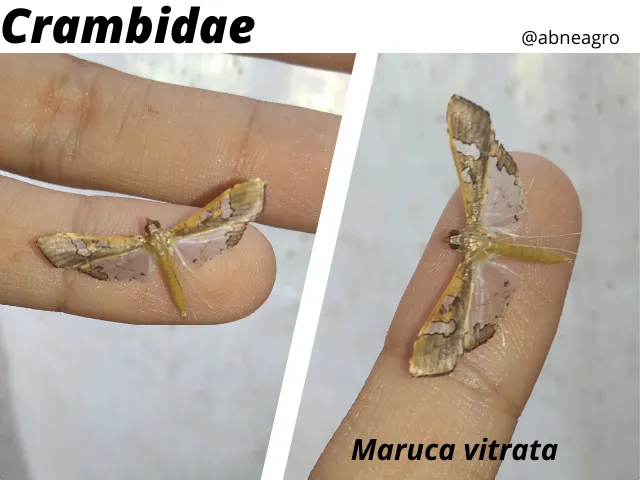
On the other hand, the 4 species of moths belonging to the genus Maruca are extremely similar, so the identification of these specimens can be difficult in certain continents such as Asia, since the 4 specimens are distributed by different Asian countries, having greater presence in the world the Maruca vitrata. To differentiate them, it is only necessary to observe in detail the white patterns on their wings.
Por otro lado, las 4 especies de polillas pertenecientes al género Maruca son extremadamente semejantes, por lo que la identificación de esos ejemplares puede ser dificultoso en determinados continentes como el Asiático, ya que los 4 especímenes están distribuidos por diferentes países Asiáticos, teniendo mayor presencia en el mundo la Maruca vitrata. Para diferenciarlas solo hay que observar con detalle los patrones blancos que presentan en sus alas.
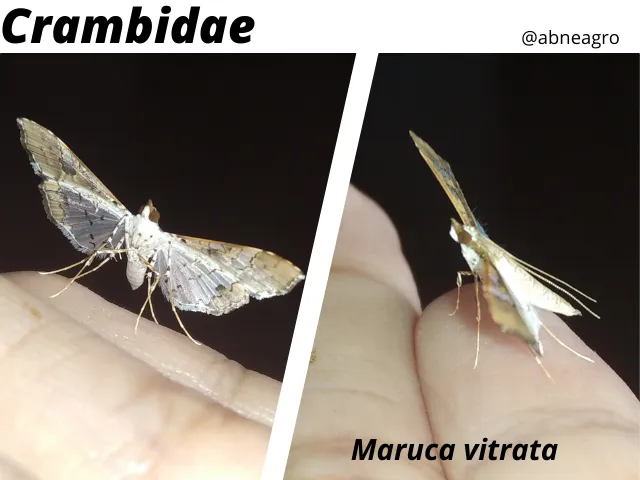
These species of lepidoptera have a striking and predominant golden color, which is distributed along the head, thorax, abdomen and forewings, having less presence in the hind wings. Similarly, their antennae are very long and are generally held backward while at rest, while the abdomen is thin and elongated.
The size of this species known as Maruca vitrata is approximately 1 centimeter long; likewise, this lepidopteran has 2 large compound eyes that occupy almost its entire head, an aspect that is very common in insects, however, this type of eyes is generally more developed in flying organisms, since they need to appreciate their surroundings in greater detail while in flight. During their juvenile stages (caterpillars), these insects have a green color, having black dots distributed along their eruciform body.
Estas especies de lepidópteros poseen un llamativo y predominante color dorado, este se distribuye a lo largo de su cabeza, tórax, abdomen y las alas anteriores, teniendo dicho color menos presencia en las alas posteriores. De igual manera, sus antenas son muy largas y generalmente las mantienen hacia atrás mientras están en reposo, el abdomen por su parte es delgado y alargado.
El tamaño de esta especie conocida como Maruca vitrata es aproximadamente de 1 centímetro de largo; de igual manera, ese lepidóptero tiene 2 grandes ojos compuestos que ocupan casi toda su cabeza, aspecto que es muy habitual en los insectos, sin embargo, este tipo de ojos generalmente está más desarrollado en los organismos voladores, ya que así pueden apreciar con más detalle su entorno mientras están en vuelo. Durante sus estadios juveniles (orugas), estos insectos poseen un color verde, teniendo puntos negros distribuidos a lo largo de su cuerpo eruciforme.

Despite being considered pests in certain situations, these insects are absolutely necessary for the proper functioning of nature, so they must be respected in natural areas. Currently, within agriculture, the possibility of using certain members of the Crambidae family to control certain plants that hinder certain productive tasks within agroecosystems is being studied.
A pesar de considerarse plagas en determinadas situaciones, estos insectos son absolutamente necesarios para el correcto funcionamiento de la naturaleza, por lo que deben ser respetados en los espacios naturales. Actualmente, dentro de la agricultura se estudia la posibilidad de dar uso a ciertos miembros de la familia Crambidae para el control de determinadas plantas que entorpecen ciertas labores productivas dentro de los agroecosistemas.

All the images shared in this publication belong to the author @abneagro, the photos were taken with a Redmi 8A mobile device and edited with the Canva application.
Todas las imágenes compartidas en la presente publicación pertenecen al autor @abneagro, las fotos fueron realizadas con un dispositivo móvil Redmi 8A y editadas con la aplicación Canva.

Some references:

